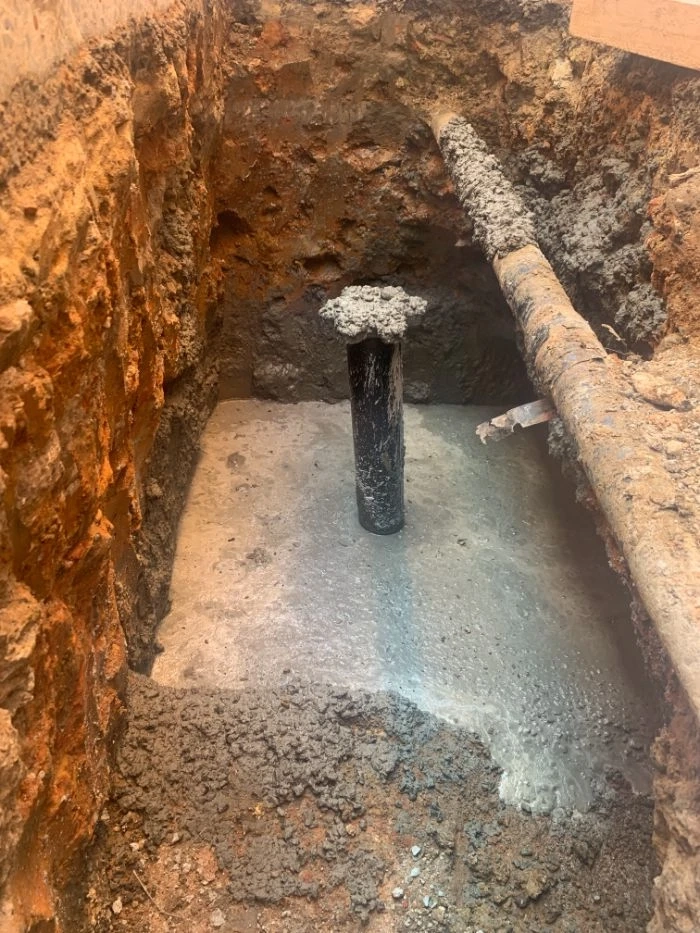Foundation cracks can develop when a house settles. These cracks can be horizontal, vertical, and diagonal. Cracking can also be caused by drying shrinkage and overload. Foundation crack repair can stop them from spreading and restore your home’s structural integrity. This will prevent foundation problems from getting worse.
There are three main ways to fix foundation cracks: epoxy injections, strapping, or underpinning.
Epoxy Injections
Epoxy is a synthetic resin that can be used to repair foundation cracks in concrete slabs and walls. Epoxy is known for its strength, high adhesion, and resistance to chemicals.
Before epoxy can be injected, the crack's surface needs to be prepared. This involves cleaning the crack and scraping off any material with a chisel. To provide stability and support, staples are placed around the crack. Epoxy can be used for crack repair and to stop them growing in size.
Strapping
These carbon-fiber Kevlar straps are used to seal foundation cracks and keep them from shifting. These lightweight straps can be used to strengthen foundation cracks and prevent them from moving. These straps can be combined with epoxy injections to fix horizontal cracks in walls. Horizontal cracking may indicate excessive weight against the wall. This cracking could lead to wall collapse.
Underpinning is a technique to prevent foundation settlement and cracking. To better support the structure's weight, underpinning raises the foundation's width or depth. A building that is too heavy to support its foundation can crack, causing walls to bow. Underpinning distributes the structure’s weight evenly and provides greater support.
Underpinning is also an option for homes constructed on clay-like soils. Clay expands when wet. Clay shrinks when it dries. These moisture fluctuations can cause foundation cracks and settlement.
If your foundation cracks, consult a foundation contractor. An expert will inspect your home to determine the cause of cracking and recommend the best course of action.
Concrete Underpinning Vs Resin injection Underpinning
Concrete underpinning is the process of digging out sections from a foundation in order to increase its bearing capability and support it with solid strata. The concrete is then poured and allowed time to cure. Concrete is then poured to support the foundation and stabilize the structure. This is an old method for repairing a foundation in a house.
There are two types of concrete underpinning:
Mass underpinning refers to the excavation of the foundation in order to pour concrete underneath the footings to increase their bearing ability.Screw Piling – These are similar to steel screws, which have been drilled into ground. The foundation is connected to the piles by a firm subground.Resin injection underpinning is an easier method that does not require excavation. The foundation is prepared by drilling holes. Resin is injected into ground through the holes. When the resin is still moist, the soil absorbs it. The resin expands as it dries, and bonds with the soil to make it less reactive. This method is not recommended due to the high risk. If they have been damaged or corroded, they can be filled with resin. Traditional underpinning methods can't be used if the foundation is unstable. The traditional underpinning method is recommended whenever possible.
Melbourne Underpinning Group is an expert in foundation repair and house bolting in Melbourne. We can exceed your expectations even with severe cracking. Since many years, we have been underpinning Melbourne homes. We have extensive knowledge about reactive clay soils. We can fix foundation problems. To ensure we finish all projects within the agreed timeframes, we use a simplified workflow.
0


